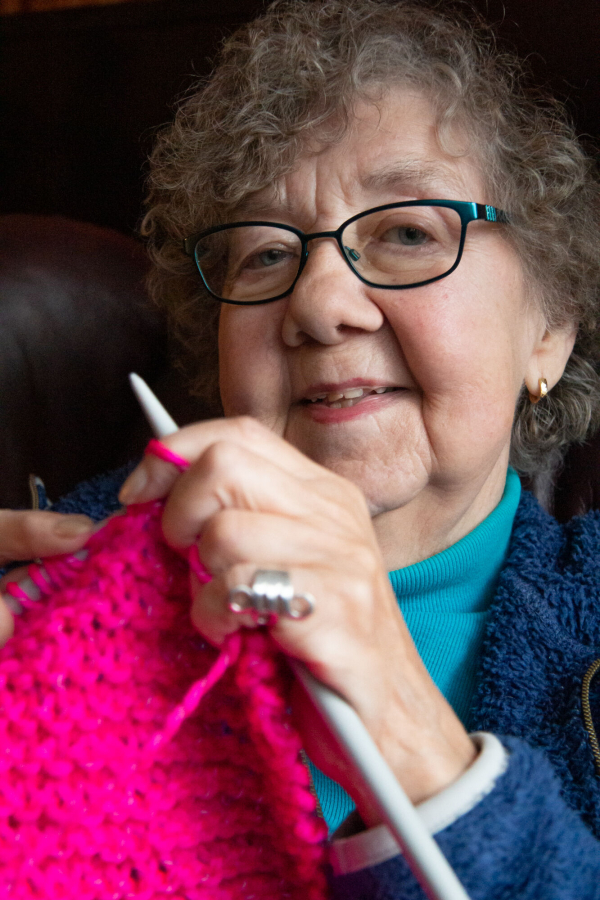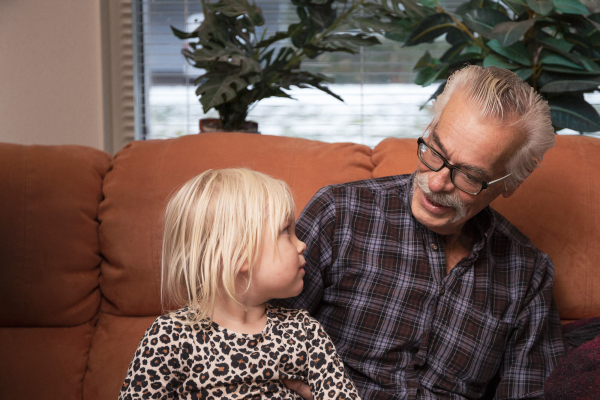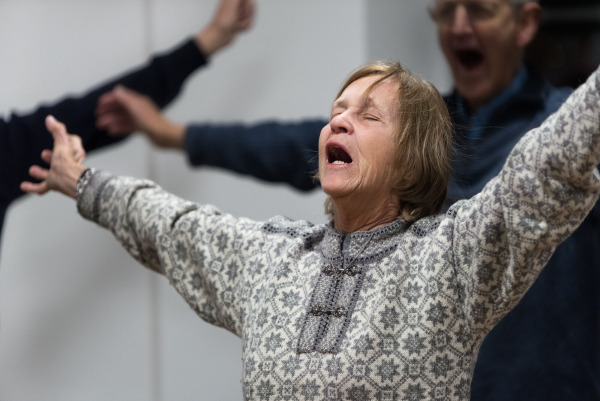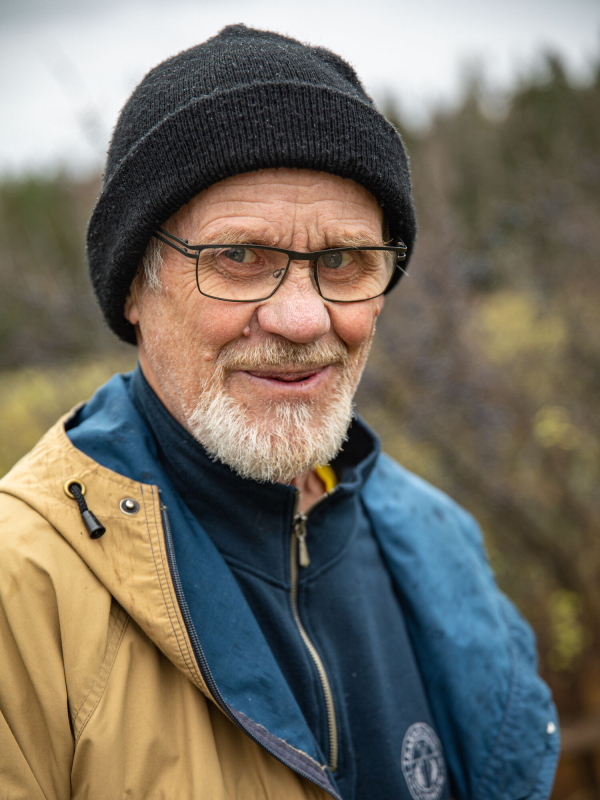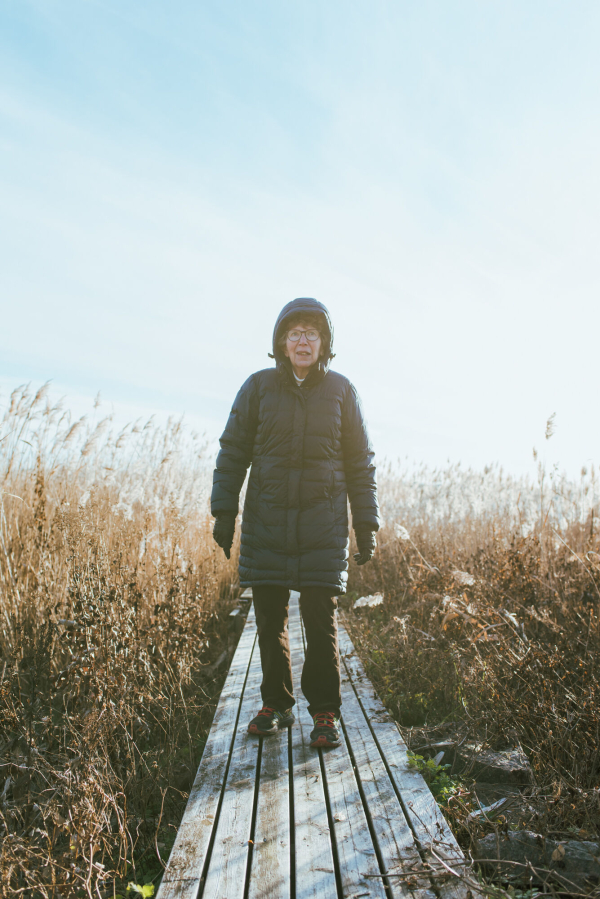Who is considered "old" today?
Older persons make up an increasing proportion of the population. The image of whom the so-called “older people” are is greatly influenced by how older people are portrayed in the media, in art and in public spaces. In 2019, a unique Arts & Science project was initiated between the Aging Research Center and students enrolled in the course Visual Communicator Photographer VKF19 at Fotoskolan STHLM to help cover that gap.
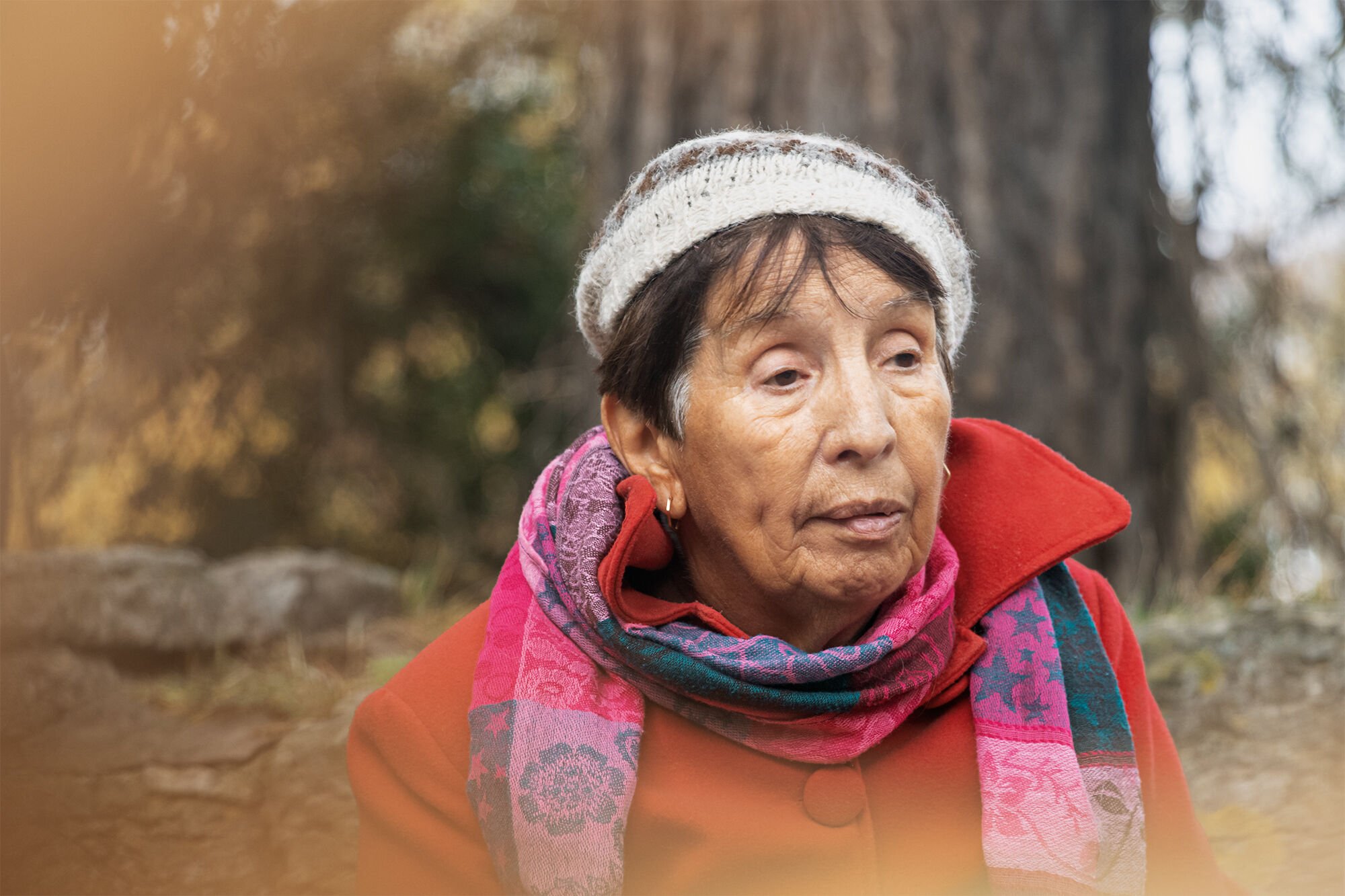
In the autumn of 2019, when the researchers at the Aging Research Center (ARC) prepared an interview survey of older people, there was a need to update the visual picture of older people in Sweden. ARC approached Fotoskolan STHLM, the Stockholm School of Photography at Folkuniversitetet, to gauge their interest in a collaborative project with the purpose of producing representative photographs of older people based on the research conducted at ARC. The idea received a very positive response and resulted in 20 photography students producing 15 images each of older people in Sweden.
Portraying older people in their daily lives
The students were tasked with interpreting the research conducted at ARC about aging, older peoples’ health, and their living conditions. It was also important that the students used their own experiences and references when portraying older people in their daily lives in Sweden today.
Among other things, this collaboration has explored how the merger between “objective” research and the “subjective” photographic form can be expressed. It is also an example of how research can be communicated outside the walls of academia and in new formats.
Isabelle von Saenger, Project leader at ARC/KI said that the project exceeded all expectations regarding the working procedure and results.
“It is a great example of how working across disciplines can be uncomplicated and give additional value through added inspiration for work and meaningfulness for all involved. Furthermore, the research is made available to the public and the photographs produced are given further meaning related to us all, as we all age”, she says.
“From my understanding, this is one of the first times that research has been interpreted in this way. In regard to the very exciting research that is being undertaken, it is strange that more of the results are not expressed through different artistic disciplines. Interpreting research evidently makes it more accessible for the public”, Mikael Cronwall, Head of Education at Fotoskolan STHLM, adds.
Images gallery from the collaboration between ARC and Fotoskolan STHLM 2019.
In addition to exhibitions and lectures at Folkuniversitetet at the end of the project in February 2020, the project was also part of the Nobel Museum’s event Nobel Calling Stockholm 2020.
Text originally published in March 2020.

